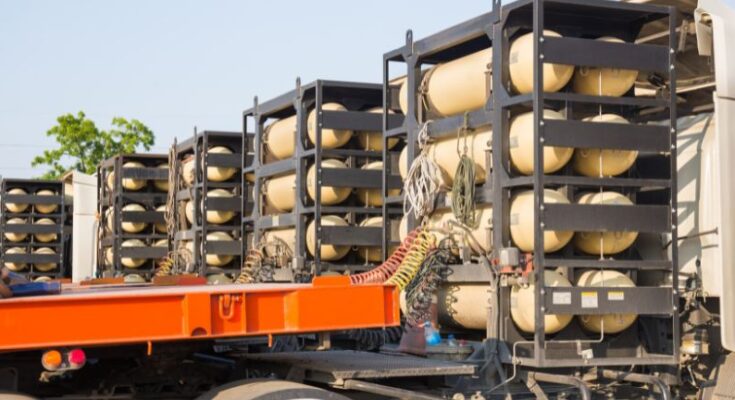Introduction:
Compressed Natural Gas (CNG) has emerged as a cleaner and more environmentally friendly alternative to traditional fuels, gaining widespread acceptance in various industries and transportation sectors. As the demand for CNG continues to rise, so does the importance of ensuring the safety and reliability of the containers used for its storage and transportation. In this comprehensive exploration, we delve into why CNG containers need to be inspected regularly, shedding light on the critical role inspections play in maintaining the integrity of these containers and safeguarding both the environment and public safety.
The Growth of CNG Usage:
The global shift towards sustainable energy sources has propelled the demand for CNG as a viable alternative to conventional fossil fuels. With its lower carbon footprint and cost-effectiveness, CNG is being adopted across diverse sectors, including public transportation, industrial applications, and even residential use. As the reliance on CNG continues to grow, so does the need for stringent safety measures to mitigate potential risks associated with its storage and transportation.
CNG Containers Need to be Inspected:
CNG containers, also known as cylinders, are crucial components of the entire CNG infrastructure. These containers store the compressed natural gas at high pressures, making them susceptible to wear, tear, and potential hazards if not properly maintained. Regular inspections of CNG containers are imperative for several reasons:
Safety Assurance:
Ensuring the safety of CNG containers is paramount. Regular inspections help identify any structural weaknesses, corrosion, or damage that may compromise the container’s integrity. By addressing these issues proactively, the risk of accidents such as leaks or ruptures is significantly reduced, safeguarding both property and lives.
Regulatory Compliance:
Governments and regulatory bodies have established stringent standards and guidelines for the storage and transportation of CNG. Regular inspections are necessary to ensure compliance with these regulations. Non-compliance not only poses legal repercussions but also jeopardizes the reputation of the entities involved.
Environmental Protection:
CNG is renowned for its eco-friendly attributes, emitting fewer pollutants compared to traditional fuels. However, a compromised CNG container can lead to leaks, resulting in the release of harmful gases into the atmosphere. Regular inspections play a crucial role in preventing environmental contamination and upholding the eco-friendly reputation of CNG.
Prolonged Equipment Life:
Like any other equipment, CNG containers have a finite lifespan. Regular inspections allow for the timely detection and rectification of issues, thereby extending the operational life of the containers. This not only enhances the return on investment but also contributes to sustainable resource utilization.
The Inspection Process:
CNG container inspections involve a comprehensive evaluation of various aspects to ensure their continued safe operation. The key components of the inspection process include:
Visual Inspection:
A thorough visual examination is conducted to identify any visible signs of damage, corrosion, or irregularities on the surface of the CNG container. This step is crucial for detecting external issues that may compromise the container’s structural integrity.
Ultrasonic Testing:
Ultrasonic testing is employed to assess the thickness of the container walls. This non-destructive testing method helps identify thinning areas that may result from corrosion or material degradation, providing valuable insights into the overall health of the container.
Pressure Testing:
Pressure testing involves subjecting the CNG container to higher-than-normal pressures to ensure its ability to withstand stress. This test helps identify leaks, weaknesses, or any potential failures that may occur under extreme conditions, providing a robust assessment of the container’s resilience.
Valve and Fitting Inspection:
The valves and fittings of CNG containers are inspected to ensure they operate correctly and do not pose any risks of leaks or malfunctions. This meticulous examination of the container’s components is essential for overall system reliability.
Conclusion:
In conclusion, CNG containers need to be inspected regularly time to time. The CNG containers are not just a regulatory requirement; it is a fundamental practice that ensures the continued safety, reliability, and sustainability of CNG as an alternative fuel source. As the world increasingly embraces cleaner energy solutions, the importance of maintaining the integrity of CNG containers cannot be overstated. By investing in routine inspections, stakeholders in the CNG industry contribute not only to the safety of their operations but also to the global efforts towards a greener and more sustainable future.




